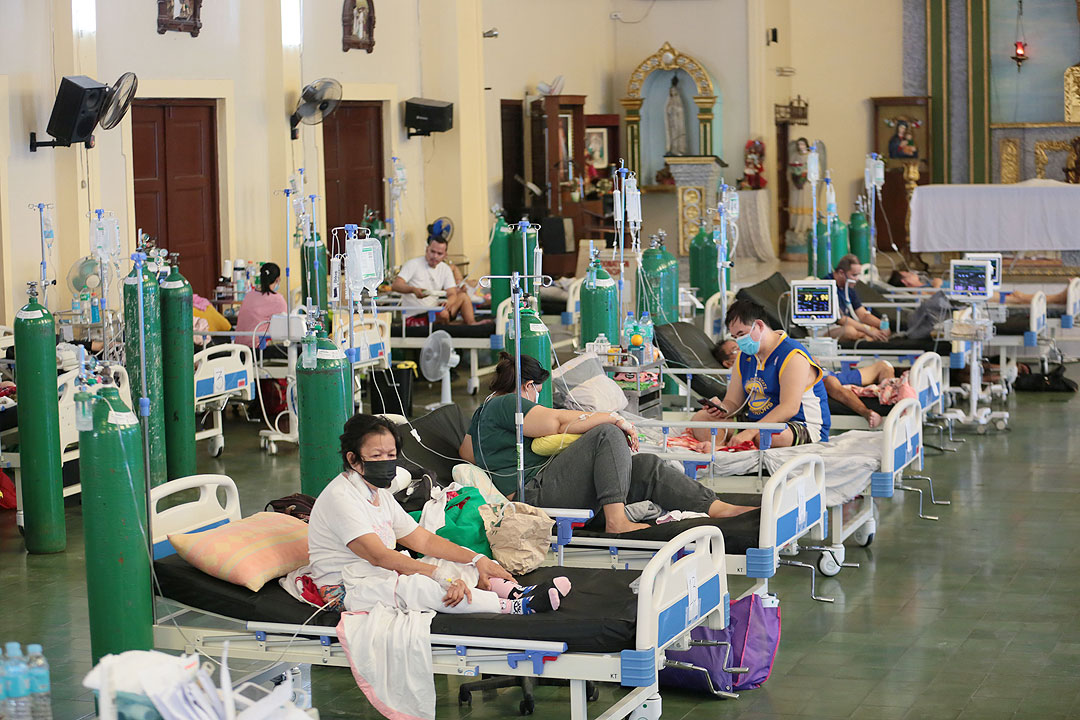
THE PHILIPPINE government should push local government units (LGU) to increase spending on health infrastructure in the face of barriers to healthcare access, according to a congressional think-tank.
In a July report, the Congressional Policy and Budget Research Department (CPBRD) said almost half of Filipinos need to travel more than 30 minutes to access hospitals despite the Health department’s implementation of the almost two-decade-old Health Facilities Enhancement Program (HFEP).
“Despite the decentralization of the health sector, the National Government remains to be the main contributor of capital investments, while LGUs spend only about 4.4% of their total capital spending on health expenditures,” it said.
“The government may leverage HFEP funding to motivate LGUs to increase capital investments in health through strategic mechanisms,” it added, recommending counterpart funding for wealthier areas and increased grants for poor regions.
Launched in 2007, the HFEP is the government’s flagship initiative to improve access to medical services across the Philippines, providing funding for building new healthcare facilities, renovating outdated ones and providing health equipment.
“Despite the expansion of health infrastructure under the HFEP, substantial access gaps persist nationwide,” the CPBRD said, noting that municipalities in central Mindanao and southern Luzon face the most severe shortfall in healthcare facilities.
Only 38% of villages nationwide have a local healthcare station despite a Local Government Code mandate for at least one in every locality, the think tank said.
“Given the budget constraints, funding for HFEP projects must prioritize those in… unserved and underserved communities before funding high-income provinces,” the CPBRD said.
The government allotted P34.7 billion for the healthcare infrastructure program this year.
The think-tank said the country needs 3,570 rural health stations and 16,119 village health facilities this year alone to meet the basic healthcare requirements of Filipinos.
The Department of Health (DoH) should explore public-private partnerships to streamline procurement and achieve economies of scale in getting construction materials and medical equipment, potentially accelerating infrastructure rollout and reducing costs, it said.
“It could also adopt a commissioned contracting approach where a group of projects is pooled together and contracted out as a lot or tranche to allow contractors to economize on planning and design, bulk procurement of inputs, construction monitoring and equipping,” it added.
The Health department should tighten oversight of HFEP by using performance indicators, such as outpatient visits and immunization coverage to assess whether facilities are strategically located and allow for responsive interventions to improve healthcare service.
“The review and the vetting process of the DoH may need to be strengthened to ensure that HFEP projects are aligned,” the CPBRD said. “Funding allocations should go to LGUs with the greatest needs and wthe least capacities.” — Kenneth Christiane L. Basilio